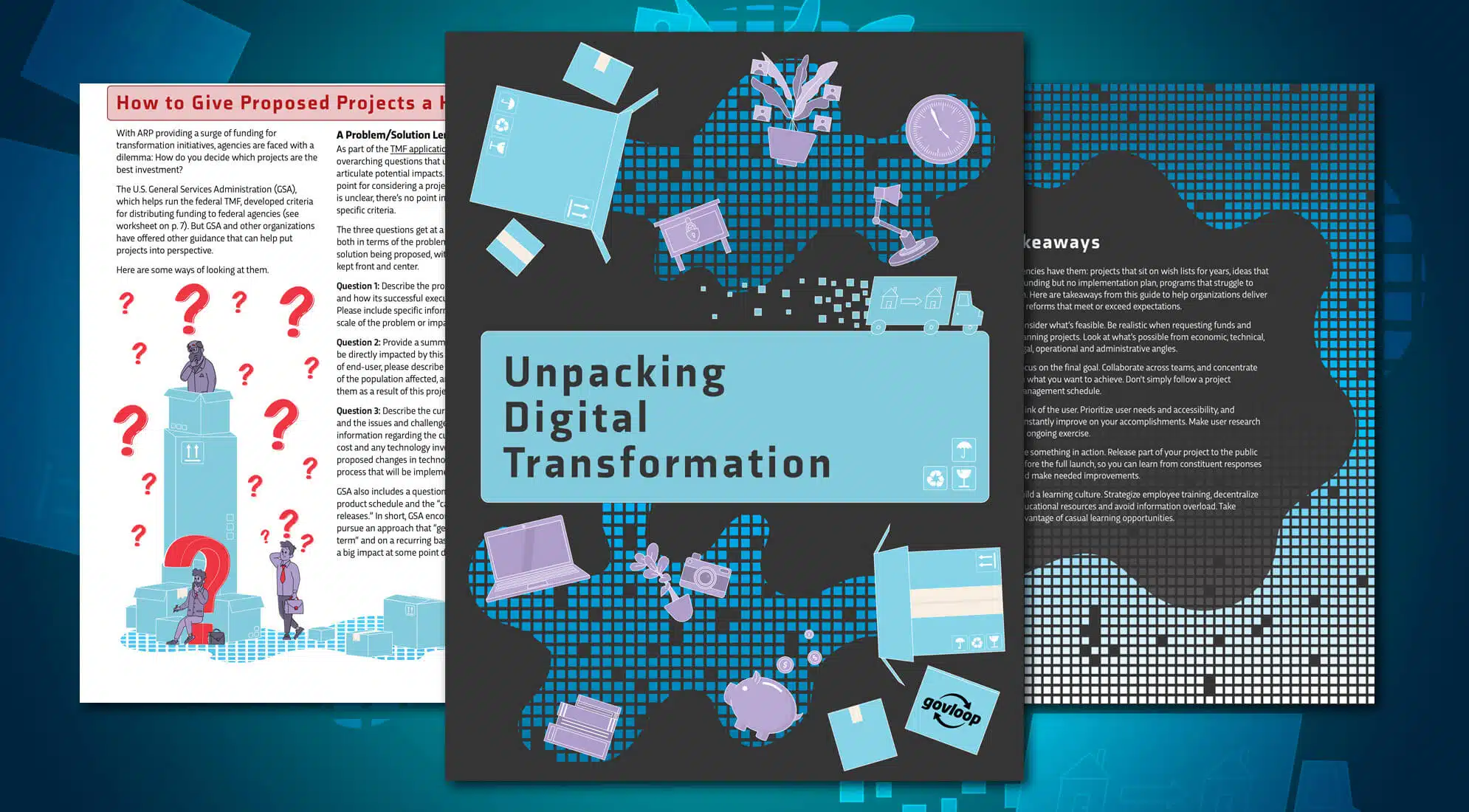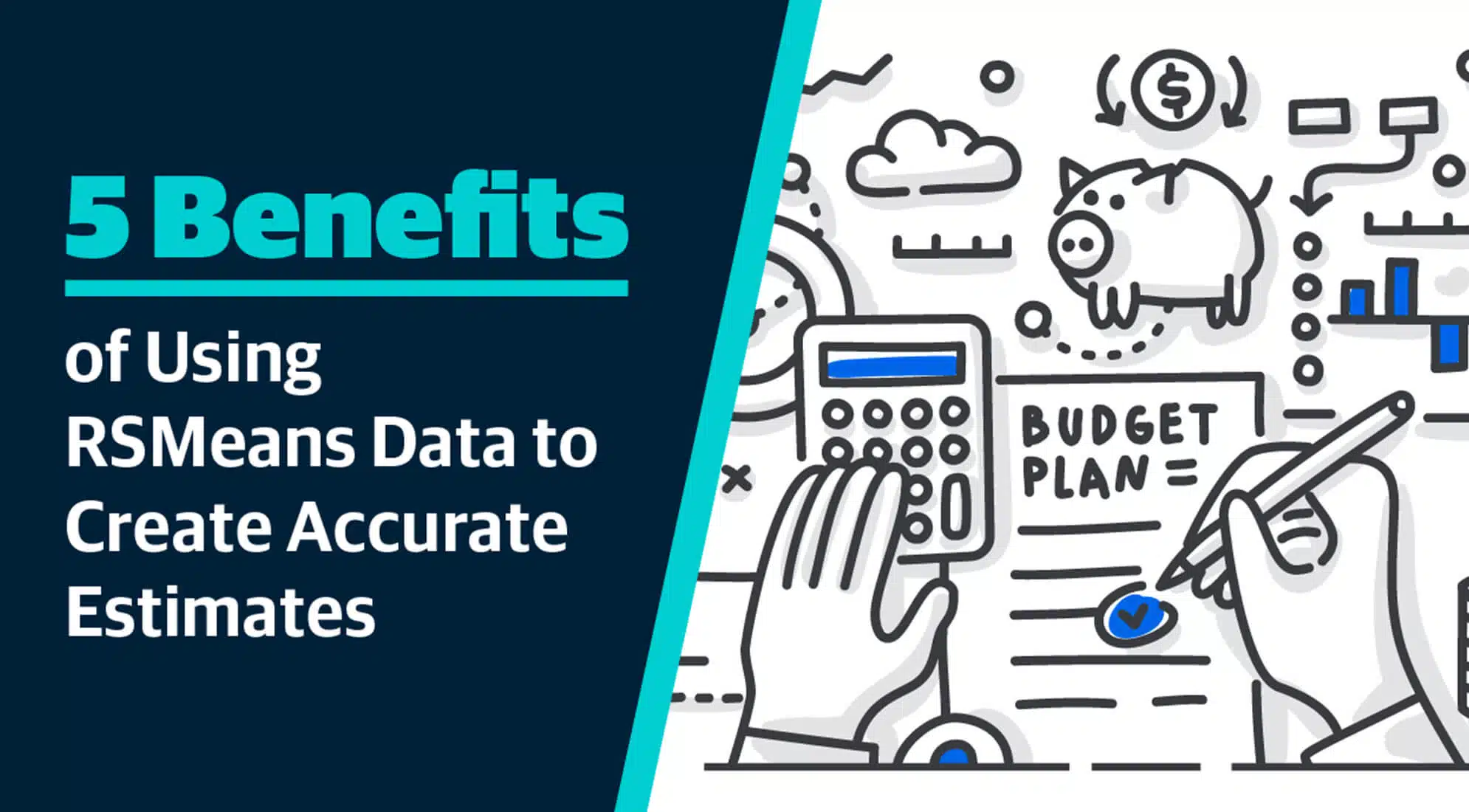In many ways, the last few years have been a time of uncertainty across all industries. This is especially true for the construction industry. When we asked the 1,400+ attendees of our 2023 Construction Cost Trends Webinar how they would describe the last three years of working in the industry, some of the most common responses included words like unpredictable, volatile, chaotic and stressful.
With all of this uncertainty, it is natural for construction professionals to have many questions about how and why costs are changing and how we keep track of industry trends. Here are answers to some of the most frequently asked questions from Gordian’s leading cost engineers:
1. The average increase in labor wage seems to match the increase in cost of living from year to year. Does the labor wage normally match that?
Although they are usually in the same ballpark, construction labor wage increases typically trail overall increases in cost of living. This year, the changes are largely due to the stickiness of Collective Bargaining Agreements, which are the source for much of the RSMeans Data Standard Union wage data. They update more slowly than open shop wage benchmarks, and we expect them to continue to increase over the next year to catch up with cost of living changes in the United States.
Dive into the ups-and-downs of the last year using insights from Gordian’s RSMeans Data.
2. How often does Gordian distribute updated cost data?
Gordian’s annual release of cost data serves as a baseline each year, but there is a supplemental quarterly update to the data within RSMeans Data, known as the City Cost Index, or CCI. The CCI can be used to both localize costs and update them to reflect current trends each quarter. For more information, check out City Cost Index: Everything You Need to Know and The Importance of Quarterly Construction Material Cost Updates.
3. How much does the cost of transportation of materials play into current supply chain issues and inflated costs?
Overall, the cost of transportation of materials plays a consequential role into supply chain issues and added costs. Beginning in 2021 and through early 2022, labor availability for drivers and uptime for vehicles, including replacements and parts-supply constraints, factored into costs. Additionally, the impact of fuel costs can’t be ignored – average national prices climbed from $2.38 per gallon in November 2020 to $5.80 per gallon in July 2022. They’ve since receded from that peak but are still significantly elevated.
Find out more about recent cost trends from the experts in our 2023 Cost Trends Webinar.
4. Is Canadian data gathered locally or is it calculated using U.S. data?
Canadian data is gathered locally. Our researchers collect material prices, fuel costs, and labor rates from more than 70 locations, including over 20 primary cities in Canada.








